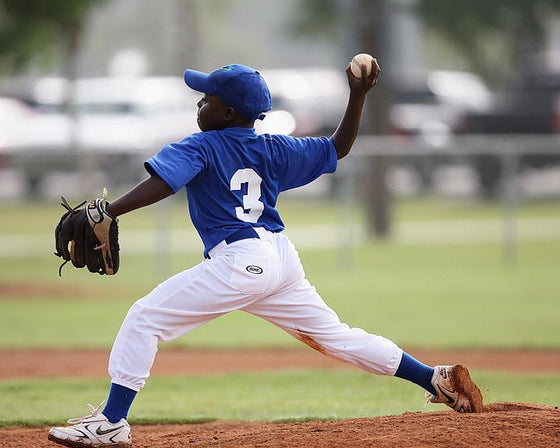by Bobby Woods August 14, 2024

Hitting a baseball is often considered one of the most challenging tasks in sports, requiring exceptional hand-eye coordination, split-second decision-making, and precise timing. This following article delves into the scientific principles behind batting practice drills & exercises for hand eye coordination shedding light on how athletes master the art through understanding hand-eye coordination & baseball reaction times.
Learn More
Hand-eye coordination is the ability to synchronize visual input with hand movements to execute a task effectively. In baseball, this skill is paramount for batters to connect with a pitched ball traveling at high speeds. Here’s how it works:
Bobby Woods is a former Chicago Cubs Player & Arizona State University graduate.
Reaction time refers to the interval between the perception of a stimulus (e.g., the pitched ball) and the initiation of a response (e.g., swinging the bat). In baseball, a batter's reaction time directly influences their ability to make contact with the ball:
Improving hand-eye coordination and reaction times requires deliberate practice and targeted training methods:
Beyond cognitive and motor skills, the physics of batting provides a deeper understanding of the intricate dynamics that define a successful hit in baseball:
When a batter swings at a pitched ball, the collision between the bat and the ball exemplifies fundamental principles of physics:
The interaction between the bat and ball revolves around the principles of momentum and kinetic energy. As the bat swings through the strike zone, it gains momentum, which is the product of its mass and velocity. Simultaneously, the ball carries its own momentum towards the bat. When they collide, kinetic energy is transferred between them. The goal for batters is to optimize this transfer of energy to maximize the ball's speed and distance.
The force exerted during impact determines how much the ball accelerates off the bat. It's crucial for batters to strike the "sweet spot" of the bat—a region where vibrations are minimal and the transfer of force is maximized. This sweet spot varies depending on the bat's design and construction but generally lies closer to the barrel's center.

Bat speed is a critical factor in determining how fast the ball will travel after contact. It's influenced by the batter's strength, technique, and the weight distribution of the bat. A faster swing speed means the ball leaves the bat with greater velocity, increasing its chances of clearing the infield or reaching the outfield fence.
The angle at which the batter swings also significantly impacts the ball's trajectory. A level swing tends to produce line drives, while a downward angle can generate ground balls or pop-ups. Conversely, an upward swing angle, often associated with "launch angle," can lead to fly balls or home runs. Professional hitters adjust their swing angles based on the pitch location and their desired outcome.
Modern advancements in bat technology have further influenced batting dynamics. Composite materials and innovative designs aim to enhance bat performance by optimizing factors like swing weight, durability, and the sweet spot's size. These advancements enable batters to generate higher exit velocities and more consistent contact with the ball.
Mastering the science behind hitting a baseball requires a combination of physiological skills, cognitive abilities, and understanding of physical principles. Hand-eye coordination, reaction times, and the application of physics in batting form the foundation of success for baseball batters at all levels, from Little League to Major League Baseball. Aspiring players and enthusiasts alike can appreciate the intricacies involved in this challenging yet exhilarating aspect of America's favorite pastime, highlighting the blend of athleticism and mental acuity required to excel on the diamond.
Comments will be approved before showing up.

by Bobby Woods November 26, 2025

by Bobby Woods June 10, 2025

by Bobby Woods April 22, 2025
Sign up to get the latest on sales, new releases and more …

Bobby Woods
Author